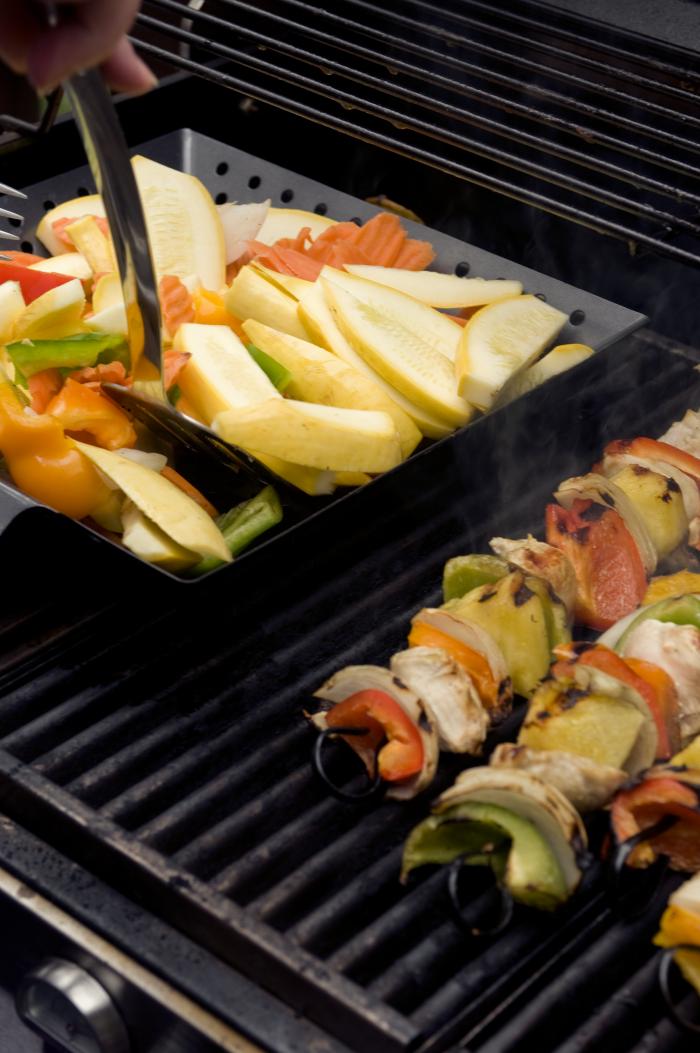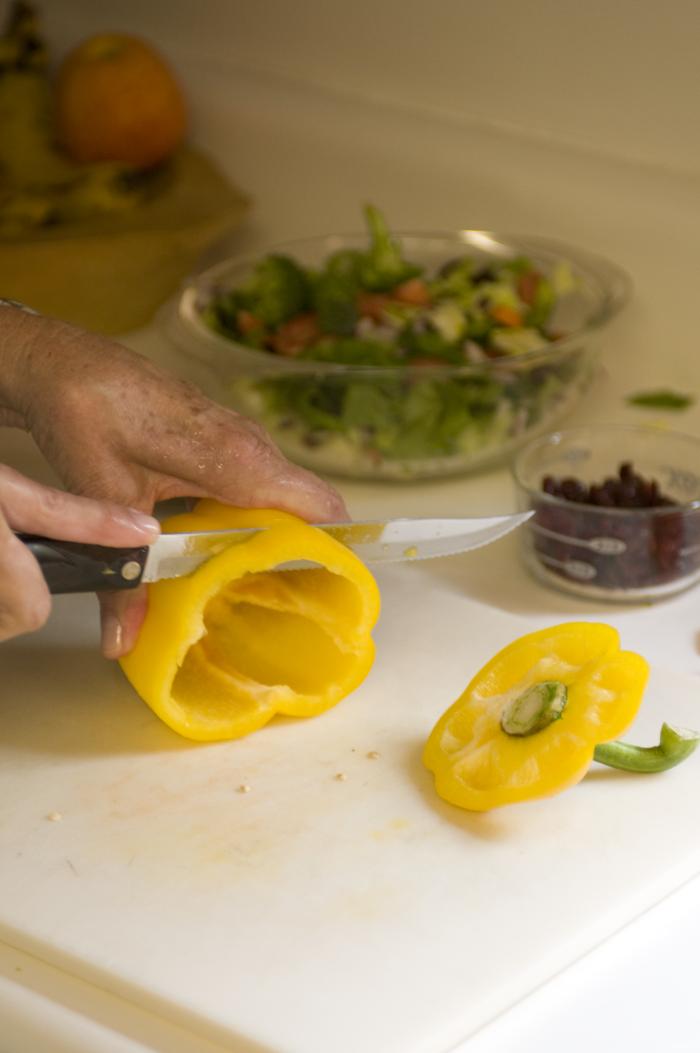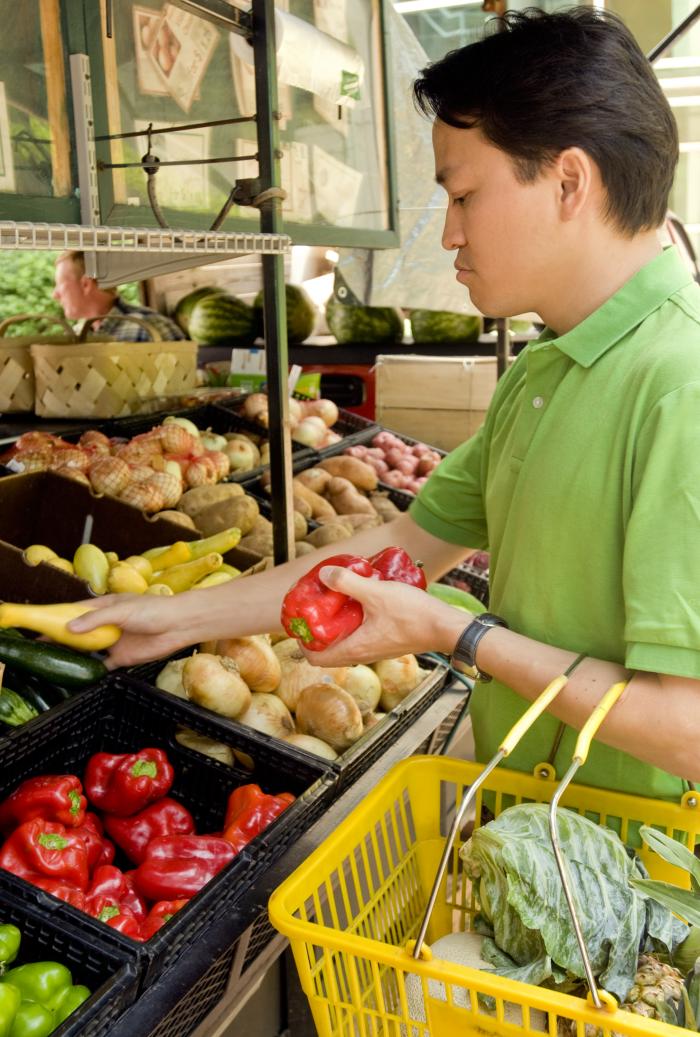Food and Facilities Licensing
Summer Food Safety



Don't let food poisoning be an uninvited guest at your next summer gathering.
Salmonella is one of the most common bacteria found in foods that are improperly cooked. While not usually fatal, this type of food poisoning usually occurs 12 to 36 hours after eating contaminated food. Symptoms include headache, nausea and vomiting, abdominal pain, diarrhea and fever.
Foods likely to contain bacteria when not cooked properly include eggs, meat, poultry, fish and cooked high-protein foods that have not been refrigerated after cooking, such as rice, potatoes and beans.
A few basic tips will help you enjoy the summer after the social gathering has ended:
- Keep hot foods hot. After cooking meat or chicken on the grill, keep it at 135⁰F or warmer until serving. If reheating fully cooked items such as baked beans or hot potato salad, heat to 165⁰F.
- Keep cold foods cold. Keep cold foods at 41⁰F or colder at all times. If using a cooler, keep it out of the sun and avoid opening it too often so it stays as cold as possible.
- Cook foods to at least 145⁰F , pork to at least 155-160⁰F, ground beef to 155-160⁰F, poultry to 165⁰F, stuffing and stuffed meat to at least 165⁰F. Hot foods should always be served while still hot.
- Cook hamburger patties and meat loaf so that the center is NOT pink and the juices run clear. Crumbled ground beef should be cooked until no pink color remains. Transport cold foods in a cooler to minimize bacteria growth. Use an insulated cooler with ice packs.
- When making cold salads and sandwiches—or any food served cold—refrigerate all ingredients (below 41° F) before mixing, and then return to the refrigerator until served.
- Thoroughly clean and sanitize utensils and cutting surfaces between the preparation of different food items, especially after handling raw poultry, beef, pork and eggs. These raw foods have surface bacteria that could contaminate other foods. Never put cooked meat on the same unwashed platter used for raw meat.
- Do not buy or use cracked eggs.
- Do not thaw meat and poultry at room temperature. To keep the outside of these foods cold while the inside is still defrosting, thaw them overnight in the refrigerator or under cold running water. Microwave ovens can be used to safely defrost meat and poultry, but cook immediately.
- Promptly refrigerate leftovers. Store food in shallow uncovered containers to cool rapidly.
- Reheat leftovers thoroughly (165° F or more) before serving.
- Wash hands with soap and water before preparing food, after handling raw food and after using the bathroom or playing with pets.
- Prepare food as close to serving time as possible. This eliminates the time element that can allow any bacteria that may be present to increase to large numbers. Food should be left out no longer than two hours. If the temperature is 90° F or warmer, food should not be left out longer than one hour.
- Finally, when in doubt, throw it out.
For More Information:
U.S.. Department of Agriculture
www.foodsafety.gov
Centers for Disease Control and Prevention
www.cdc.gov/foodsafety